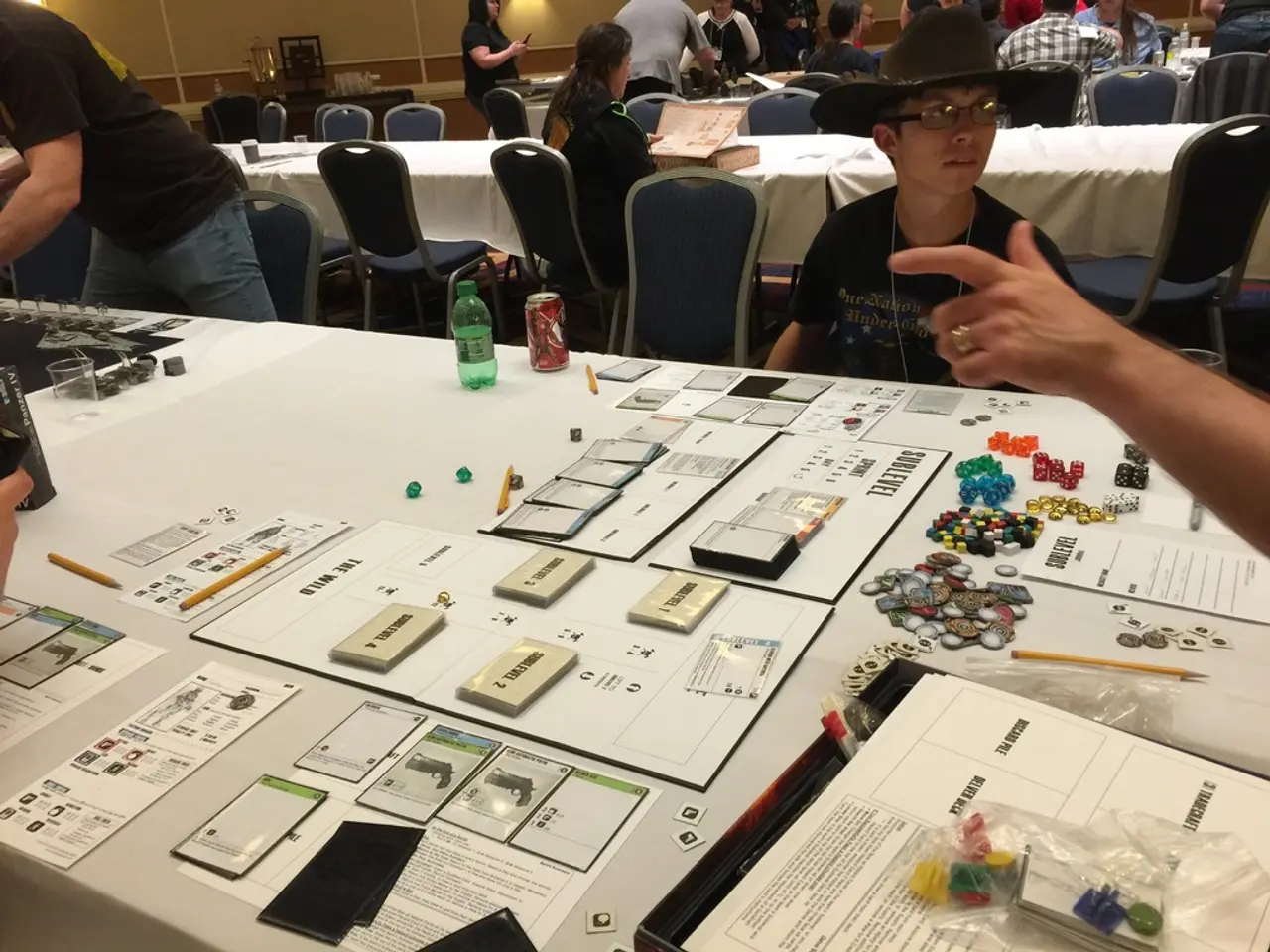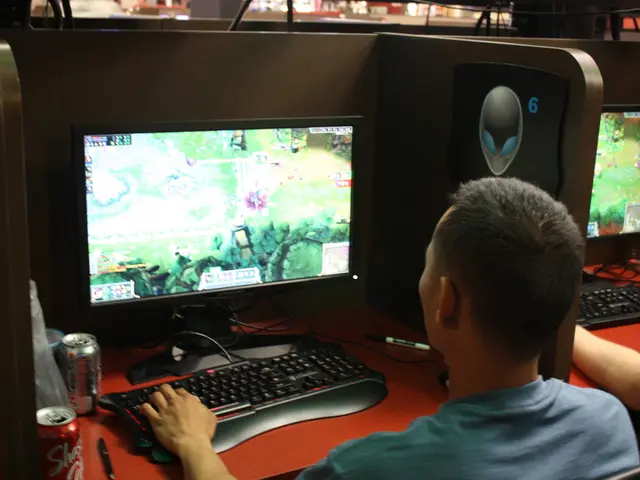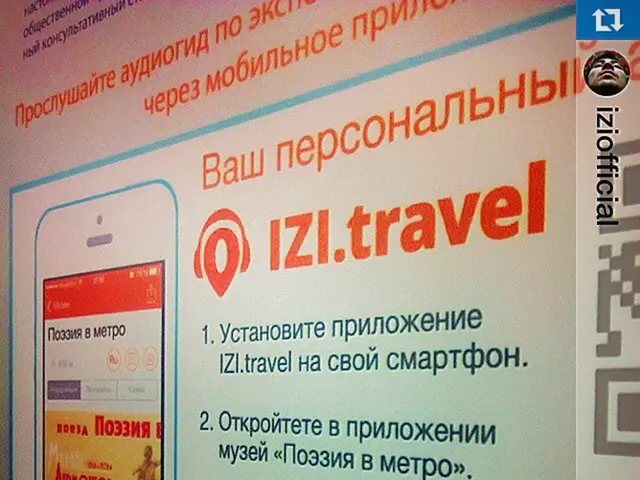Evolution of the Landscape: Shift from Wooden Tables to Advanced Technology
Modern Baccarat: A Transformation from Traditional to Digital
Baccarat, a game that originated in the 15th century, has undergone a remarkable transformation in the digital age. The integration of live dealer baccarat and cryptocurrency payments has significantly modernized online baccarat since its origins.
- Live Dealer Baccarat: Bridging the Gap
Live dealer baccarat bridges the gap between traditional in-person baccarat and online play by streaming real dealers and real cards to players remotely. This provides an authentic casino atmosphere, social interaction, and real-time gameplay that many online baccarat variants cannot fully replicate. Live dealer games typically follow the standard baccarat rules but allow a "live" experience accessible from anywhere, boosting player engagement and trust in game fairness.
- Cryptocurrency Payments: Enhancing Privacy and Security
The acceptance of cryptocurrencies such as Bitcoin and Ethereum for deposits and withdrawals in online baccarat casinos enhances privacy, speed, and security of financial transactions. Cryptos help overcome some regional banking restrictions and offer near-instantaneous deposit/withdrawal, improving the overall player experience. Crypto availability opens baccarat to a global audience, supporting cross-border gameplay without the conventional barriers of currency conversion or regulatory delays. This also aids in maintaining player anonymity compared to traditional fiat transactions.
- Evolution Since the 1940s
Baccarat as a physical casino game existed long before the 1940s, but it really moved online only after the late 1990s internet boom. Early online baccarat used random number generator (RNG)-based mechanics with basic graphics and interfaces, facilitating remote play but lacking live interaction. The digital revolution accelerated with faster internet and mobile technology, enabling live dealer baccarat's streaming technology, enhancing realism and player trust. Meanwhile, cryptocurrency payment integration modernized the financial backend of online baccarat, offering players novel ways to transact securely and anonymously and increasing platform accessibility.
In summary, while baccarat's game rules remain similar to those since its traditional origins, the integration of live dealer technology and crypto payments since the internet era has transformed online baccarat into an accessible, realistic, and secure gambling experience far beyond what was imaginable in the 1940s or prior decades. These innovations have expanded the player base globally and made online baccarat a major component of modern digital casinos.
It's worth noting that Chemin de fer, a variant of baccarat where players influence the play rather than just bet on it, is still used in France. Additionally, players can customize the way they play Baccarat online with different game tweaks. Baccarat is also played in a traditional manner in various locations, including Macau, a popular gambling destination. Blockchain and cryptocurrency have also transformed the deposit methods for online Baccarat, offering players more secure and convenient ways to transact.
- The integration of live dealer baccarat and cryptocurrency transactions not only modernizes the online baccarat experience but also broadens its reach, making it a major component of modern digital casinos.
- Livestreaming real dealers and the option of using cryptocurrencies such as Bitcoin or Ethereum for transactions enhance the authenticity, privacy, and security of online baccarat games, bridging the gap between traditional and digital play.








